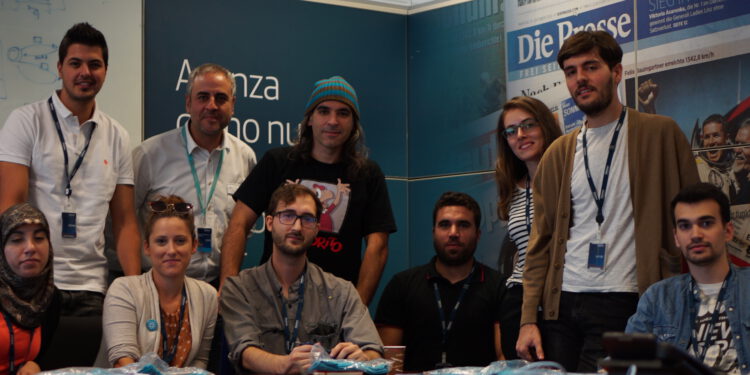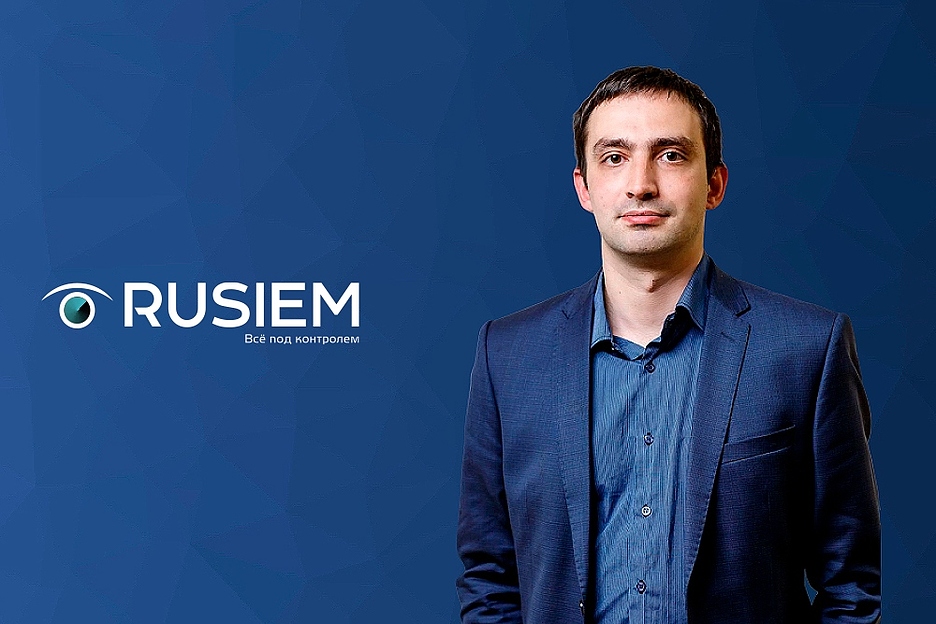A team of young Talentum will work to transfer the fundamentals of Telefónica AURA’s proposal to the general public, following a strategy that will provide a unique experience to users.
The current debate on Artificial Intelligence it does not focus on its existence or its possibilities, but on the real use cases. Autonomous vehicles, drones, robotics, weather disaster prediction or surgery…these are some of the fields where AI has developed its full potential. However, more and more companies are using this technology to improve the relationship with their customers.
Talentum, Telefónica’s talent promotion platform, continues to seek innovative solutions through its LABs and, this time, the turn is for the LAB CDO-Discovery.
A multidisciplinary team of young people specialized in different digital technological fields has accepted the challenge of getting the main ideas of AURA of personalized, conextualized and AI-based user experience to the general public. For this they work to extend an exercise of transparency and control over the information generated in a web environment to any resource visitor”.
Create personalized experiences
Companies are beginning to use AI to drive efficiency and productivity in operations, increase sales and improve customer loyalty. In fact, according to the latest study of the consultancy Capgemini, conducted among nearly 1,000 companies that are using Artificial Intelligence,83% say AI applications have created new jobs. In addition, it offers an opportunity to increase sales of 10%, as the report reveals.
In this way, Artificial Cognitive Intelligence enable accurate measurement and evaluation of customer context data to offer an experience “for us, and not to attach to something preexisting, a perfectly personalized experience”, highlights the mentor of the LAB, Javier Rodriguez. In fact, it will serve to facilitate our day to day and to make people start to trust that a transparent and secure use of their personal data by technology companies is possible, while maintaining control of what they want to do with personal data.
In this sense, the challenge of the LAB is to be able torecreate, on the website, the experience you would have with AURA, interact and respond to you. In this way, users will be able to perceive the power of the product and help improve their relationship with Telefónica. “The goal is to create the experience of what AURA is without actually having access to customer data. Therefore, the challenge of the LAB is to simulate that experience through context and navigation data”, he clarified in this sense Mrs. Maria Cantarino, head of communication for AURA.
Objective: show AURA features
One of the main objectives of the LAB is to achieve a user interaction with AURA no need to access customer data. The objective is to make AURA known to the general public, so you can not consider this exercise based on personal data. Therefore, it seeks to reproduce the AURA experience from the profile recovered from browsing and interaction with the web, using available data generated by the user while browsing the web.
Thus, they will be able to show the characteristics of AURA in an adaptive way using the capabilities of their natural language, text and voice, to give a sense of intelligence. In addition, it will allow you to take control over the actions on the web related to the user’s preferences.
On the other hand, another of its objectives is to generate content related to data visualization to show the potential of Big Data through images, infographics or animations.
Technology used
We show you below a list with the main technologies that the LAB will use to achieve the challenge:
- Development in Javascript.
- Layout with languages HTML and CSS.
- User experience design through design research, conceptualization, customer journeys and qualitative research. Tool: Illustrator and Sketch.
- Interaction: to do this, they will use tools such as Marvel and Invisio. In addition, they will generate animations with Principle, Origami or After Effects.
- Virtual design: Sketch, Illustrator and Photoshop.
- Data visualization: using technologies such as Tableau, SAS, Qlikview or similar.
- Analysis and processing of data sources with R, Python or SAS.









